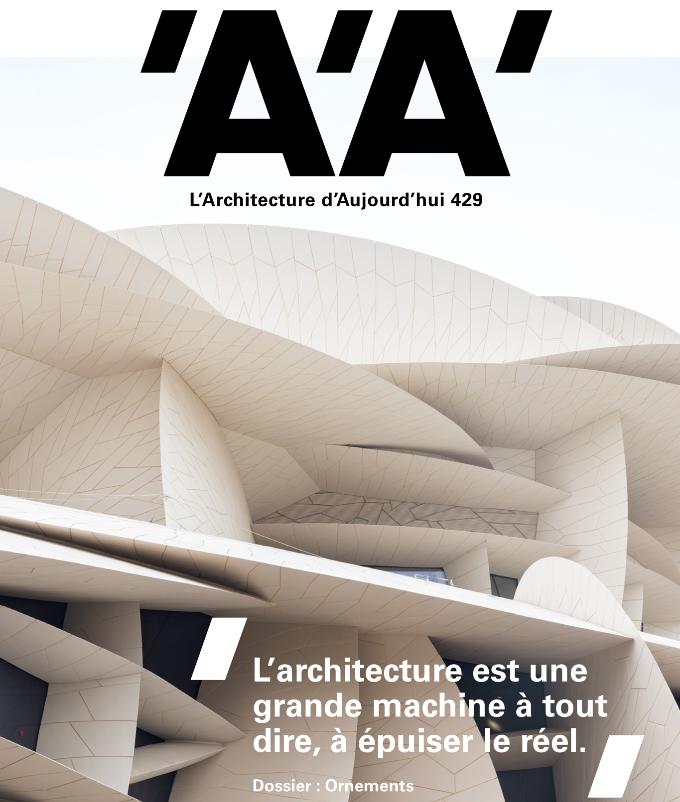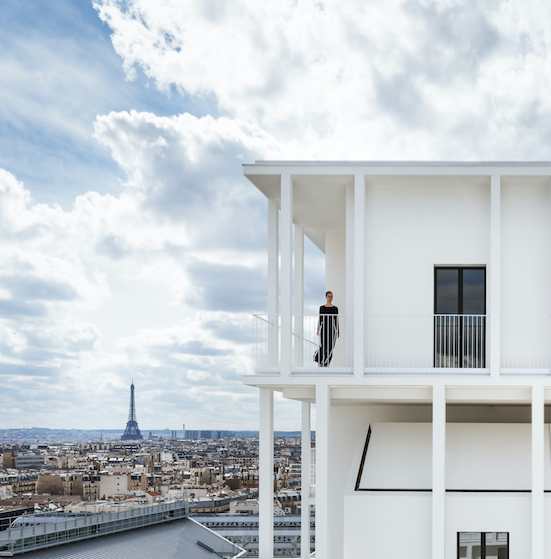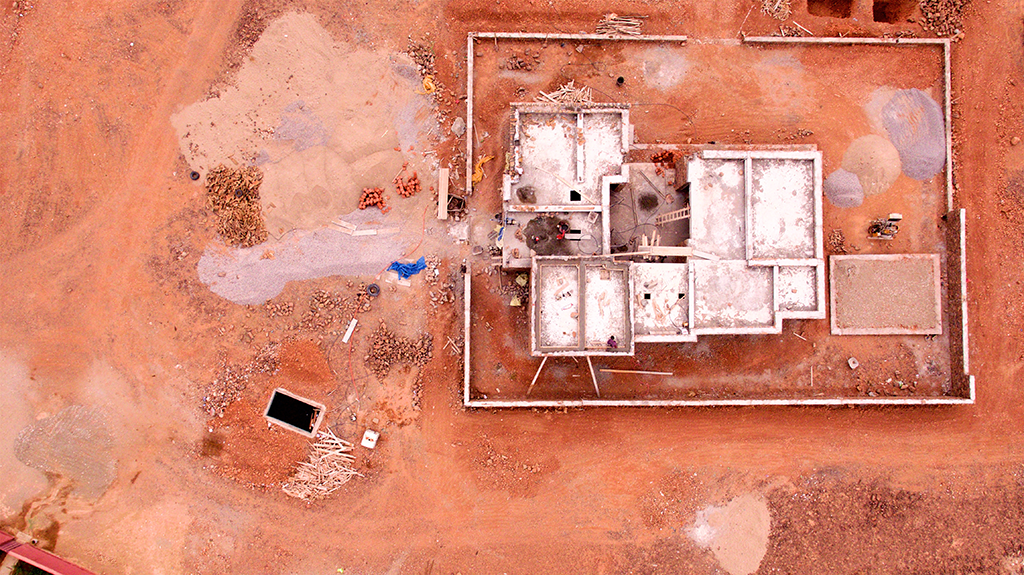Productive city
For its May issue, AA has chosen to focus on projects and initiatives advocating for the city’s functionnal places to be fully reintegrate in the city. Once sidelined on its outskirts, these productive activities are progressively part of the urban fabric, especially following pressure from urban sprawl. Agricultural lands, industrial sites, crafts activities, waste management, but also archives, reserves, car parks... These unloved productivity places now constitute one of the main challenges for architects.
Until recently, city councillors ambitioned their cities to be ‘smart’, a newly coined term gradually being replaced with the word ‘productive’, which speaks of a more promising and sustainable reality. Kristiaan Borret, master-architect of the Brussels-Capital Region, where the concept of productive city has become an urban development strategy, emphasises that “we must learn to take into account activities that take place behind the scenes as an integral part of urban life”. In order to bring value to this hidden side, what better strategy than adding a ‘noble’ programme to these productive activities?
Thereby BIG’s waste incineration centre in Copenhagen invites the visitors to… ski on top of its roof. Equally as hybrid an endeavour, the Helsinki Dreispitz by Herzog & de Meuron in Basel superimposes housing and archival space. In a more urban mode, the Chapelle International joint development zone in Paris also proposes an imbrication of housing and activity. But shouldn’t we return to the original meaning of the term, which states that a productive city should generate riches, notably agricultural ones? For urban farming is indeed gaining ground over the globe. As architect Dominique Perrault highlights: “In the end, the smart city is very technocratic, monofunctional, with a finite efficiency. The productive city is something much more alive and complex.”
—
AA’s 430th issue – Productive city – is available on our online store.





